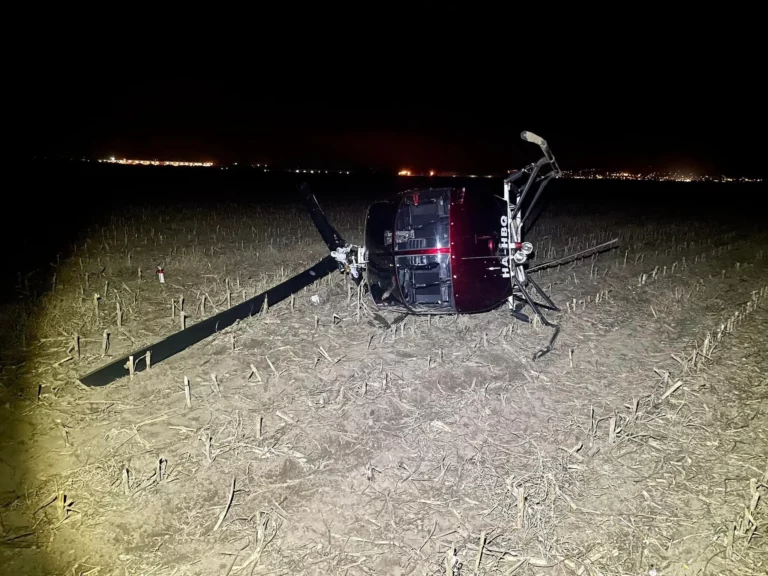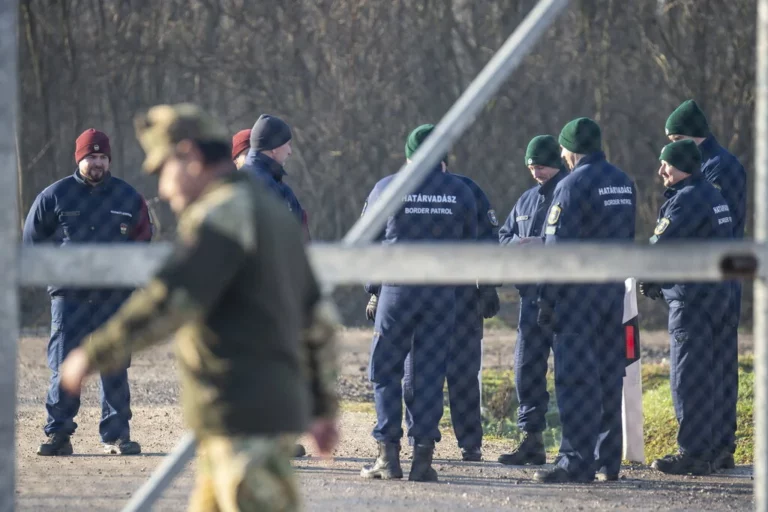Austria
Attention motorists: Slovakia temporarily reintroduces border controls at the Slovak-Hungarian border

Attention: Austria to further control the Hungarian border

After a huge price drop, flights from Budapest to European cities are extremely cheap

Austria closed busy border crossings from Hungary: ministry wants urgent talks

Caution: Hungarian commuters’ cars vandalised in Austrian car parks

Hungarian children are being taken to Austria

Eurostat: Budapest’s living standards overtake Vienna’s

Orbán criticises Brussels together with the president of the Austrian Freedom Party

Hungary turns to Burgenland governor over Austria-Hungary border traffic constrictions

Details of the tragedy in Austria: the car of three Hungarian workers crashed into a bus

VIDEO: Three Hungarians die in horrific accident in Austria

PHOTOS: Helicopter crashed near Hungary’s main motorway leading to Austria

Austria closed the road to people commuting from Hungary

Australian Hungarian Cultural Convention opens!

Hungarian postperson gets dream salary in Austria – would you do this too?

Austrian Defence Minister Klaudia Tanner visits Hungary

This is why fuel in Hungary is the most expensive in the region

Strict border control may be reinstated on the Austrian-Hungarian border






